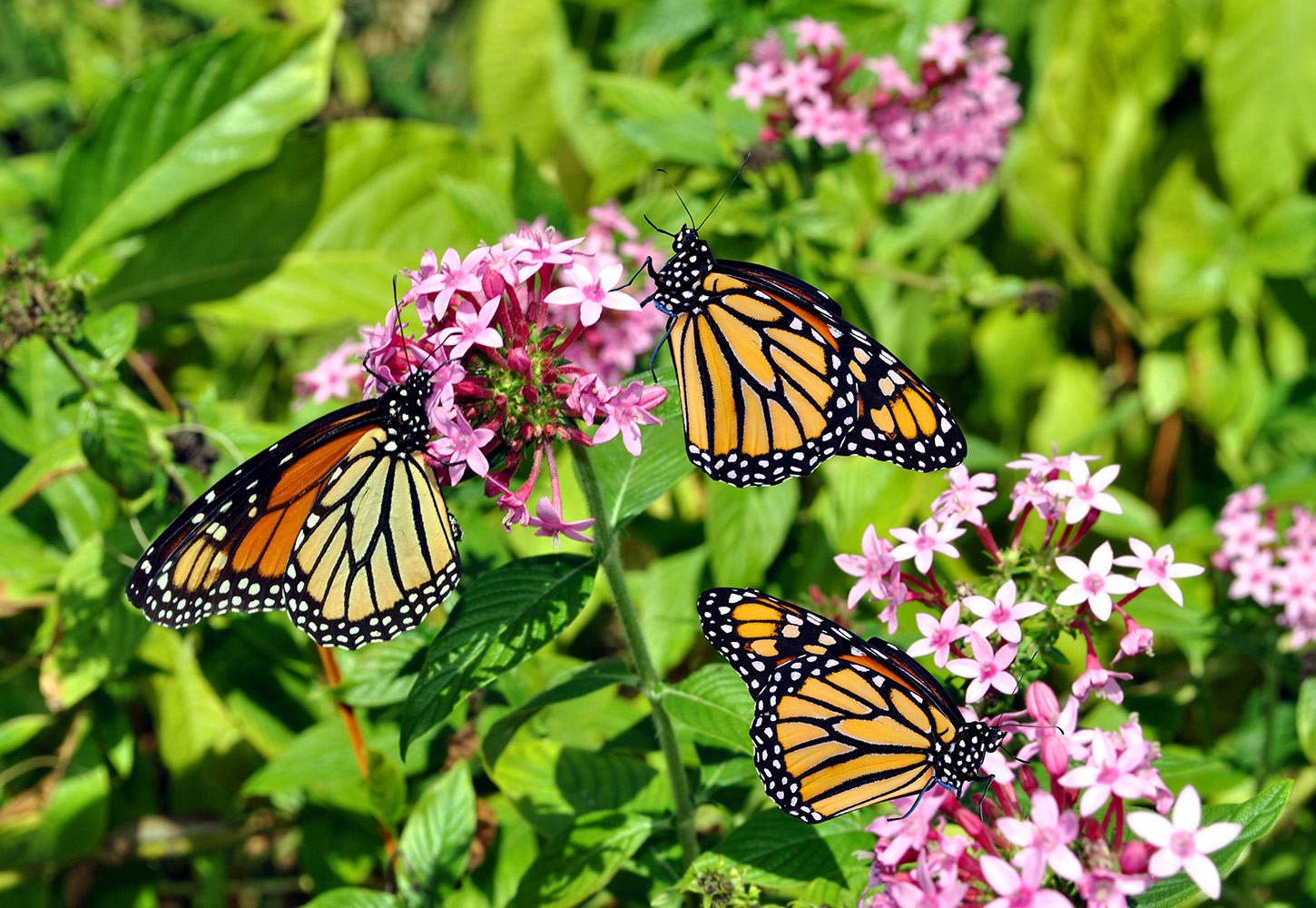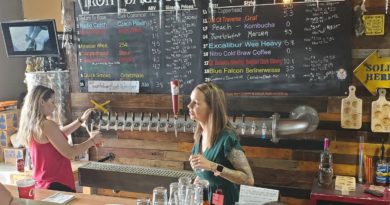Bee at ease with native and adaptive plants
By AMY ROGNLIE | Photos from ADOBE STOCK
I’ve come a long way since the day I was so startled by a dragonfly that I took a header off a log bridge into a stream. I was only 5 years old, but still. Fortunately, my mom was close by and rescued me, probably trying not to laugh the whole time. Since then, I have come to appreciate various creepy crawlies and winged insects, though not fire ants or wasps so much. But I digress.
Last time, I waxed eloquent about how helpful it is to choose native and adaptive plants (plants that want to grow in Central Texas and will actually thrive). But the other part of the equation of growing native and adaptive plants is the pollinators. I must admit that I chuckled a bit the first time I heard pollinators referred to as “wildlife,” but I guess it makes sense. Anyway, according to the folks at the U.S. Fish and Wildlife Department, the main pollinators in Texas are bats, bees, hummingbirds, butterflies, moths, wasps, flies and beetles. And these critters all need three things: shelter, water and food.
Shelter for a bee, beetle or bat can be as simple as planting a variety of vegetation in your yard. Trees, shrubs and flowers all provide hiding places for pollinators. And don’t be too tidy. Leaving a few dead leaves under your shrubs or a small pile of brush behind the flower bed provides needed shade and shelter, especially in the heat of summer and the cold of winter. Bee boxes or bug hotels can be purchased, but they are inexpensive, easy, and fun to make yourself. You can find instructions and ideas online to construct the bat house or insect hotel of your dreams — or theirs, rather.

Water is easily provided by creating even a small muddy area (not a problem at my house) or leaving out shallow dishes of water. A birdbath works well for both birds and pollinators if it is not too deep. Hummingbirds in particular are drawn to moving or splashing water such as a fountain or a sprinkler.
Food sources for pollinators include pollen, nectar, and plant material itself, such as leaves. Monarch butterflies lay their eggs on milkweed, so that is a great choice to add to your yard. Ideal plantings for Central Texas pollinators include annuals, perennials, shrubs and trees. Some common yet beautiful examples are the blue mistflower, crape myrtle trees, desert willow trees, bluebonnets, butterfly bush (surprise!), Turk’s cap, lantana, rock rose, shrimp plant, yellow bells (esperanza), wisteria, various types of salvia, and many more.
It is likely you already have many of these plants in your yard, but if not, investing in planting a few will ensure years of enjoyment for you and needed sustenance for the “wildlife” — even the dragonflies.
For more information, visit the Texas A&M Agrilife Extension website.



